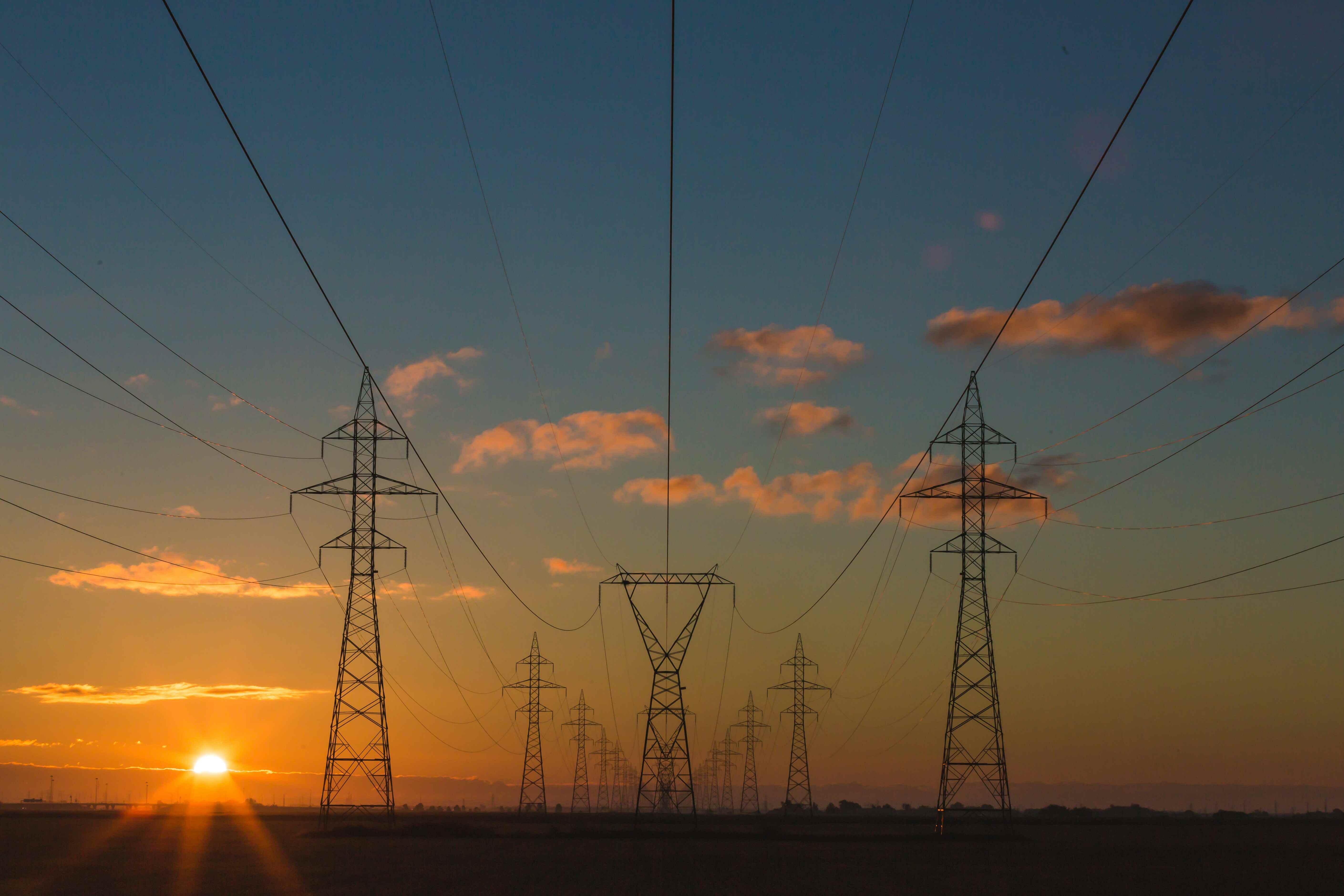
Access to flexible, scalable funding solutions can make or break your energy efficiency project.
TL;DR
-
Flexible and scalable funding options are key to accelerating the adoption of clean technology
-
Combining innovative funding options with energy market insights maximizes savings from smart assets.
-
Energy service agreements allow companies to capture energy savings without the hassle of owning and maintaining equipment.
The clean energy economy depends as much on financial innovation as it does on technology. Companies with access to robust repayment options can leverage clean energy solutions without impacting their annual budget.
Fighting climate change means empowering the largest number of energy users with the means to access these solutions. As such, energy service agreements (ESAs) have the potential to help more companies turn their energy efficiency projects into a reality.
How companies choose to fund clean energy projects can make a real difference in how many actually see the light of day. Many companies don’t have capital to self-finance, but traditional funding options often lack flexibility, are harder to secure, and pose risks to company finances.
Conversely, a growing number of companies are choosing electricity-as-a-service (EAAS) funding options. The potential for EAAS funding is substantial—projects at large commercial buildings are expected to hit $221 billion by 2026.
An increasingly popular type of EAAS funding are ESAs. ESAs are contracts that let companies capture the benefits these solutions provide, without having the burden of owning or maintaining them.
The benefits of ESAs
When it comes to energy-efficiency projects, many companies aren’t aware of the evolving funding landscape. This article aims to fix this—a PSA about ESAs, if you will.
In an ESA, a company known as an energy service company (ESCO) takes complete ownership and responsibility for the entire project from start to finish. ESCOs also pay for all project development, construction, and installation costs. This lets companies turn energy efficiency projects into a reality without any up-front costs or risk.
In short, the ESCO does everything, while the customer gets the energy savings and the reduced emissions. It’s a low-risk, cost-efficient solution—a lot like storing your data in the cloud instead of owning your own server.
ESAs can be implemented in innovative ways to encompass projects big and small, regardless of location.
Energy service agreements boast a range of benefits, especially in comparison with more traditional funding options. As already mentioned, ESAs focus on output rather than ownership; the emphasis is on results. ESAs guarantee performance, since ESCOs are responsible for ensuring long-term reliability.
And since ESAs are pay-for-performance financing solutions, customers only pay fees on realized savings. No savings means no payment. The longer contract terms that ESAs allow (over 15 years) also means businesses can leverage the lowest monthly payments.
These payments are structured to be equal to, or less than, existing utility and service charges, keeping companies cash-flow positive.
Moreover, ESAs are off-balance sheet funding solutions, which allows companies to list them as operating costs. As such, in many cases ESAs can be approved by operational staff.
ESAs can be implemented in innovative ways to encompass projects big and small, regardless of location.
Using ESAs to realize energy efficiency projects
A defining feature of ESAs is their flexibility and scalability. Whether a project focuses on a single upgrade or spans dozens of buildings, ESA providers are able to craft solutions that meet company needs.
Since the ESCO takes care of installing and maintaining the energy-efficiency asset, businesses can focus on work, while enjoying lower energy bills and improved environmental credentials. The latter plays an important role in attracting funding, customers, and tenants alike.
For example, a 13-story office building in Perth, Australia greenlit a $513,000 HVAC upgrade project. The retrofit leveraged a 10-year ESA, and resulted in a 50-percent reduction in HVAC energy use. This led to annual savings of $96,000, with monthly ESA payments lower than the monthly savings amount.
As a result, the owner was also able to attract new tenants thanks to the building’s higher energy rating.
ESAs can also bundle different elements of a larger retrofit project into one funding plan.
For instance, a $3.1 million project (including: LED lighting, a building automation system, chiller replacement, and demand control ventilation) by a Fortune 50 company generated annual savings of $500,000—a repayment period of just 6.2 years. The customer saved 3.8 million kilowatt hours (kWh) and 3,615 tons of CO2 each year (equivalent to removing 760 vehicles from the road).
ESAs empower businesses to undertake energy efficiency projects, but they work even better when used in conjunction with energy programs.
ESAs can also be used to bundle multiple smaller projects situated across multiple buildings into a single financing solution. For example, BAE Systems used an ESA to consolidate $10 million worth of projects in five buildings, leading to $1.65 million in annual energy savings.
Similarly, AT&T bundled LED lighting and control upgrades at over 600 sites in 31 states into an ESA. The company now enjoys annual energy savings of over $20 million, according to the American Council for an Energy-Efficient Economy (ACEEE)
ESAs empower businesses to undertake energy efficiency projects, but they work even better when used in conjunction with energy programs. Getting the most out of energy assets means “[…] combining ESA financing with utility incentives, allowing the execution of larger projects and correspondingly larger savings,” explains Steven Nadel, executive director of the ACEEE.
The combination of flexible financing and utility programs helps companies get the most out of their energy efficiency solutions, but accessing both is complicated and time-consuming.
EnPowered provides a winning payments and programs combination
Businesses need help leveraging energy efficiency solutions. Flexible funding options like ESAs help turn these projects into reality, and in turn help the grid become more flexible by enabling more precise market responses.
EnPowered’s platform helps companies access the funding and market insights they need to maximize their savings. EnPowered Payments empowers companies to acquire the assets they need with no upfront costs and minimal risk, while remaining cash flow positive. Businesses use a portion of their energy savings to pay for projects through their electricity bill.
And when combined with EnPowered Programs, companies can leverage their smart assets and use our API to respond to market signals and capture more savings.
Ready to learn more? Reach out today to discover how EnPowered’s innovative funding platform and market insights accelerate the clean energy transition.








